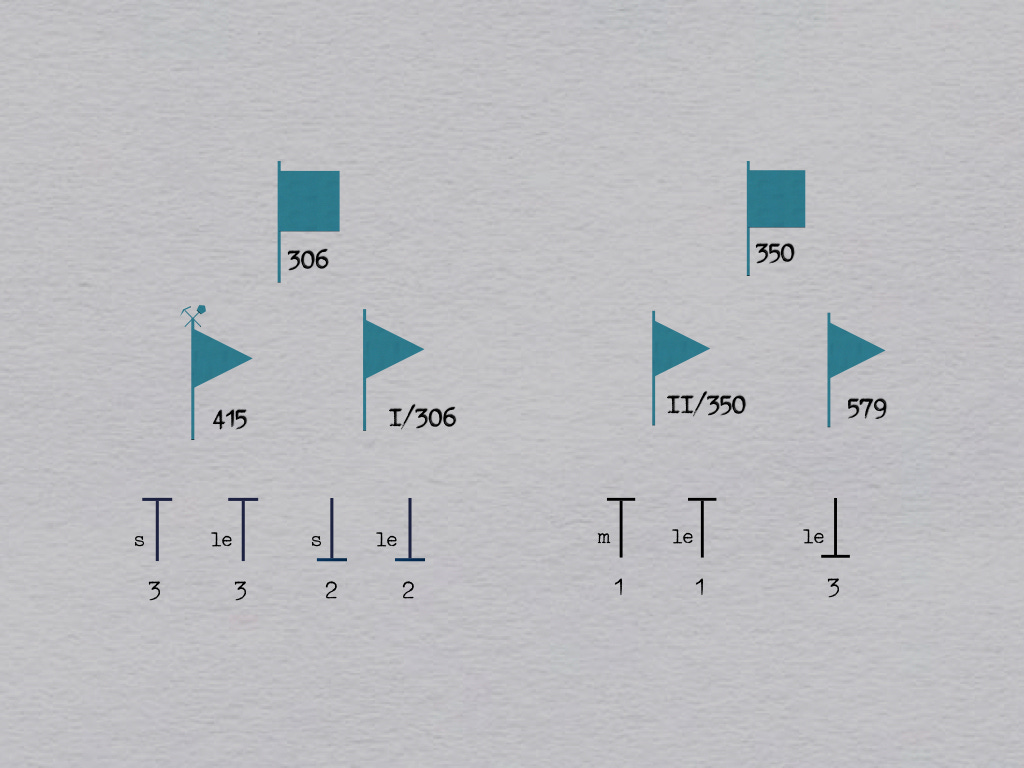The structure of the infantry of the 256th Infantry Division on 2 March 1944 lacked the sort of symmetry that pleases the military mind. Thanks to attachments, the two organic grenadier regiments of the formation (the 481st and 456th Grenadier Regiments) had become four-battalion outfits that, relative to the times, enjoyed a substantial supply of regimental heavy weapons.
At the same time, the two outfits borrowed from other divisions (the 350th and 306th Grenadier Regiments) were less than half as strong as the organic regiments. That is, each of the latter regiments consisted of two battalions, an understrength anti-tank company, and a depleted infantry gun company.
Each of the borrowed regiments received reinforcement in the form of battalions that, while rich in manpower, lacked the sort of training, leadership, and weaponry needed to qualify as “infantry.” One of these was a construction unit. The other was a security battalion.
One possible explanation for the asymmetry in the layout of the 256th Infantry Division is the use of the two attached regiments as “small change.” Easily transferred from one sector to the other, the two two-battalion outfits allowed the commanding general of the division to adjust to minor changes in his situation without disrupting the defensive arrangements of the two large regiments.
Source: Barbara Selz Das Grüne Regiment. Der Weg der 256. Infanterie-Division aus der Sicht des Regiments 481 (Freiburg im Breisgau: Verlag Otto Kehrer, 1970)







